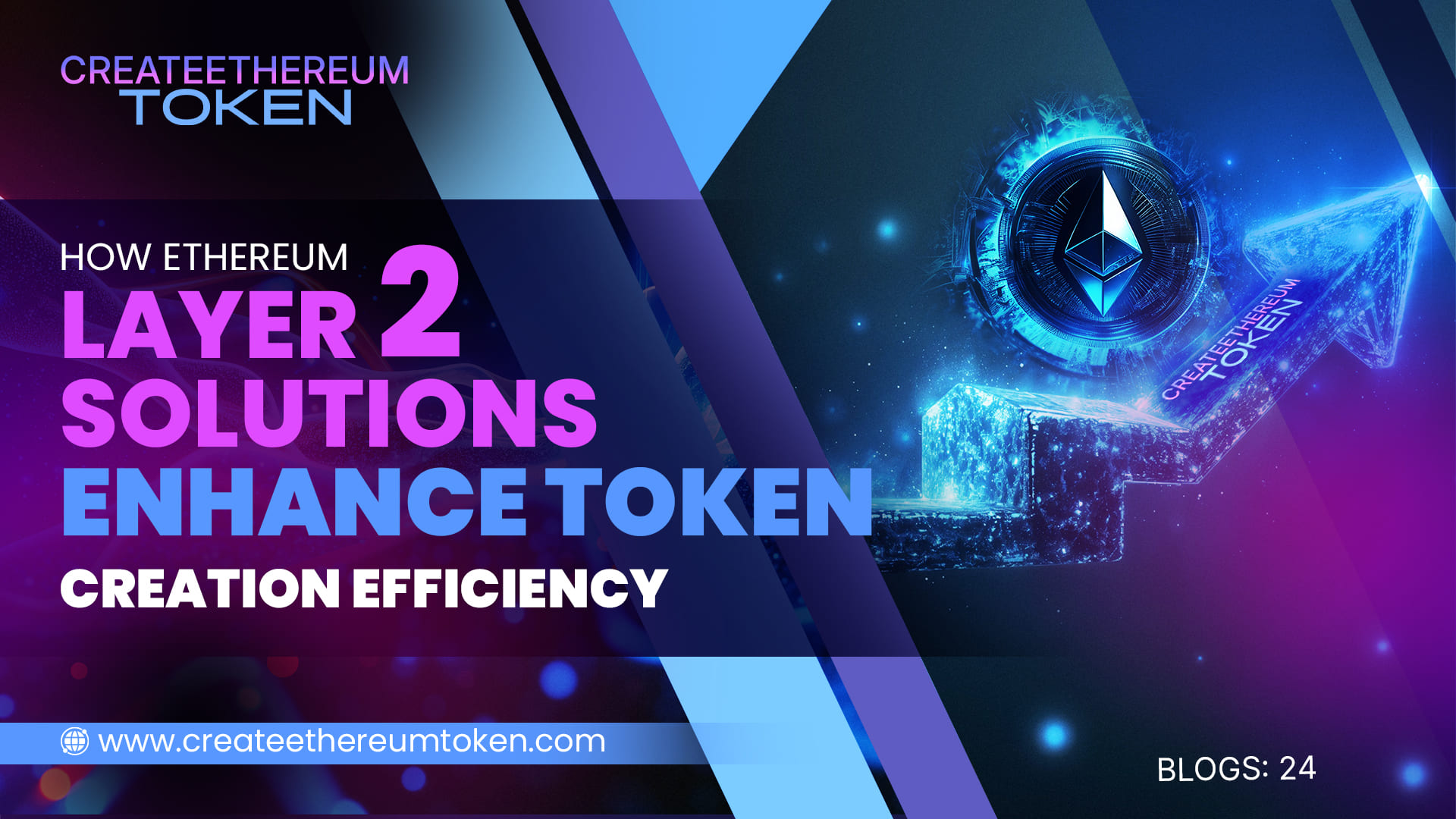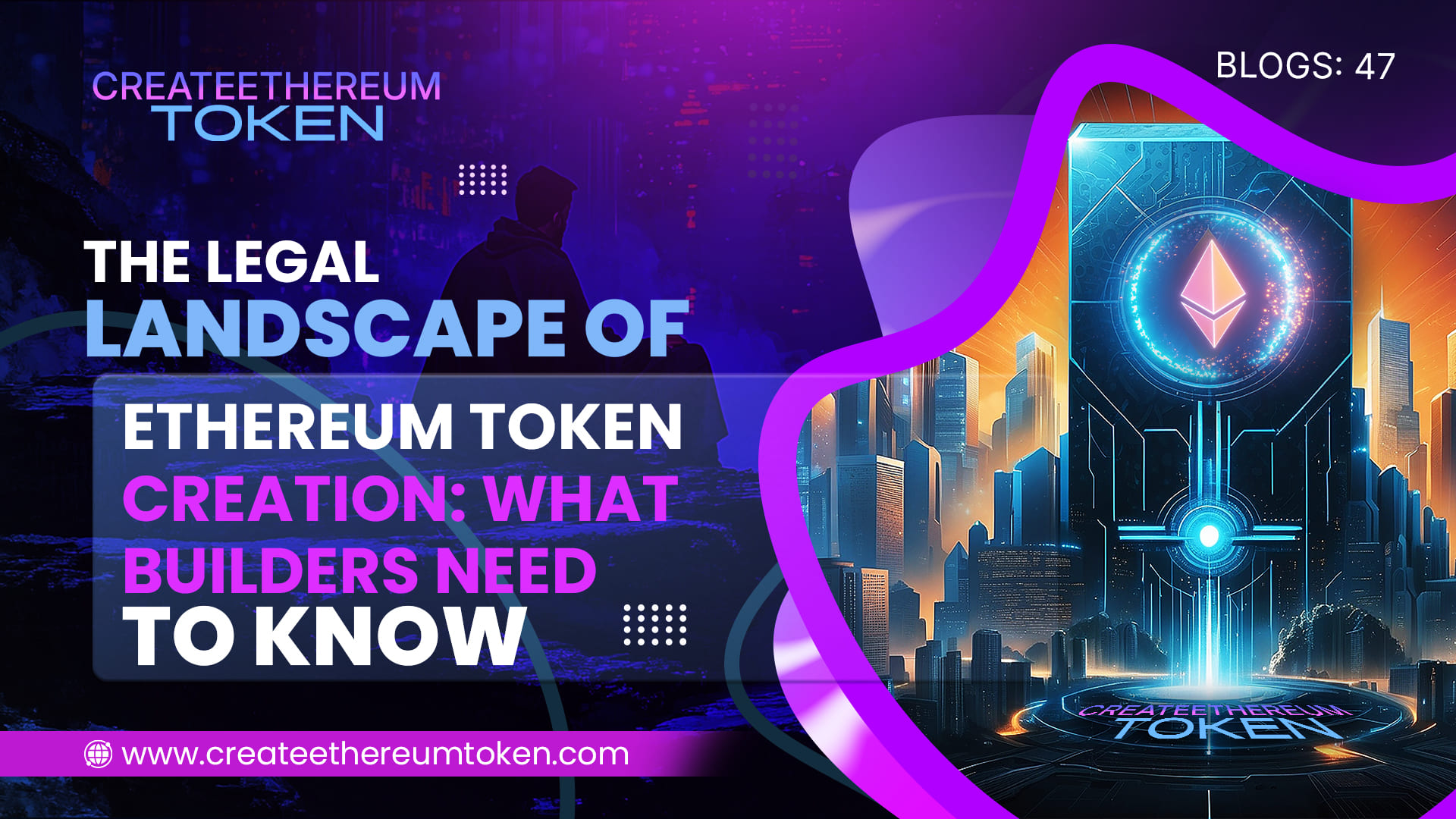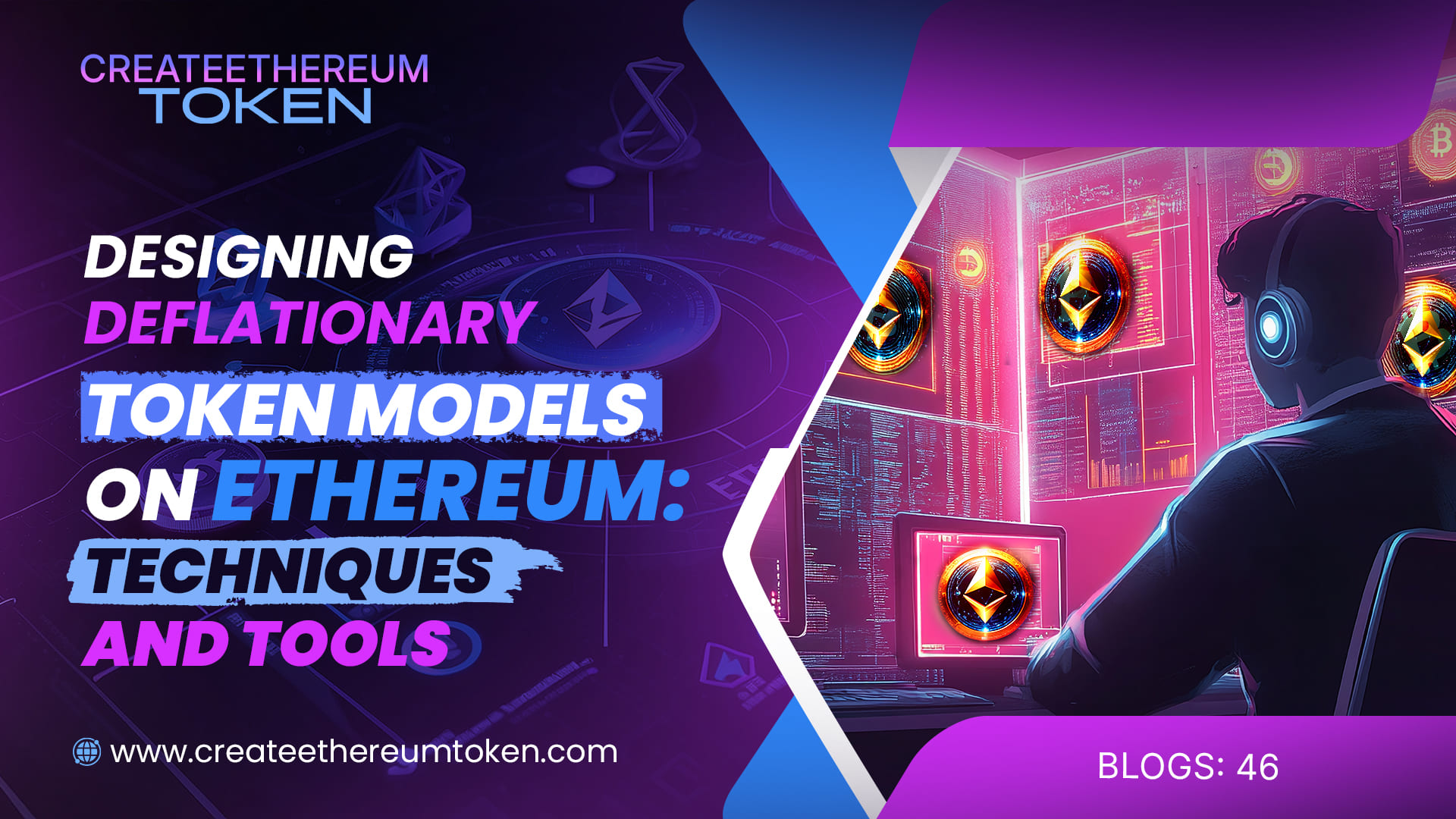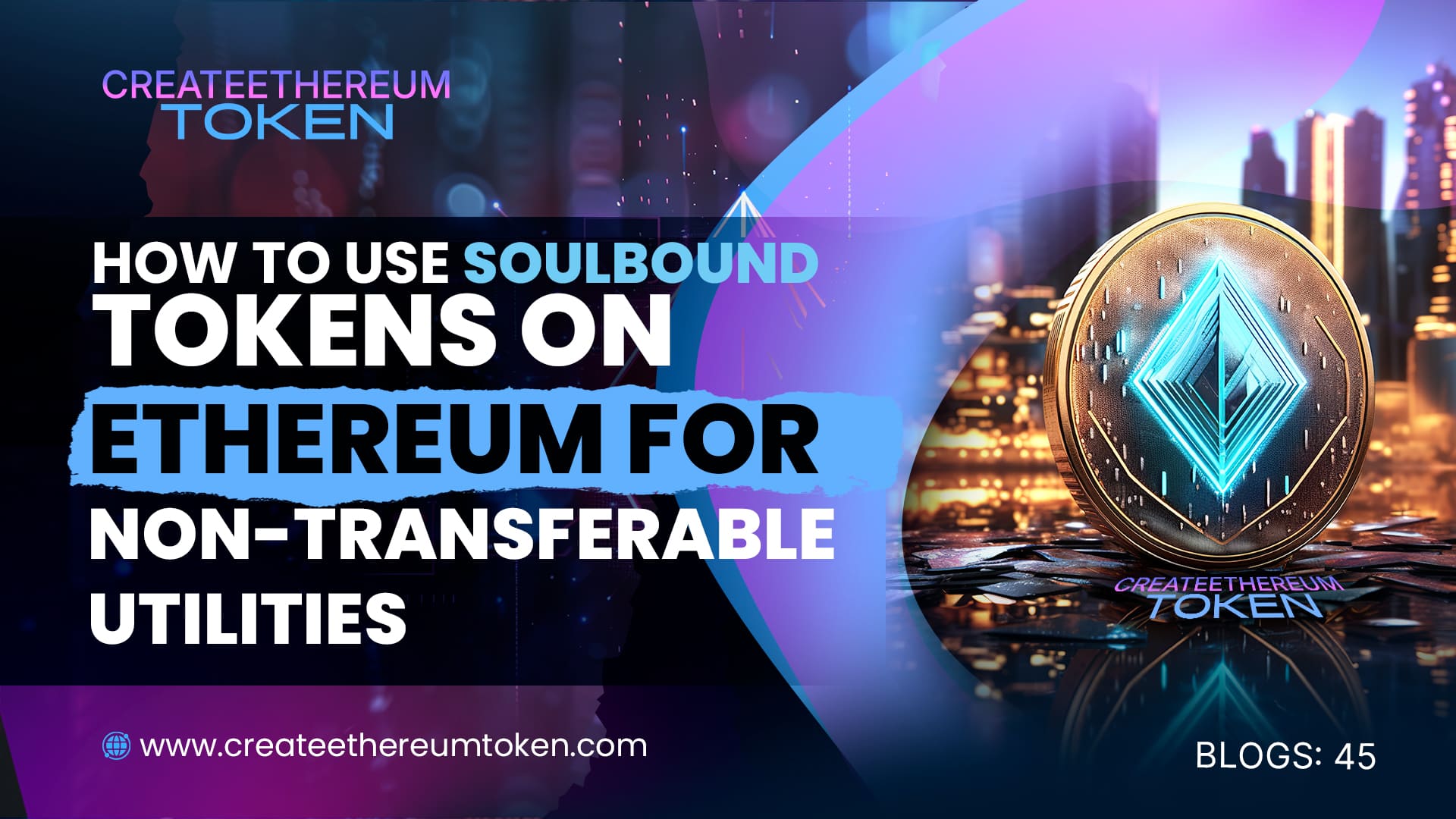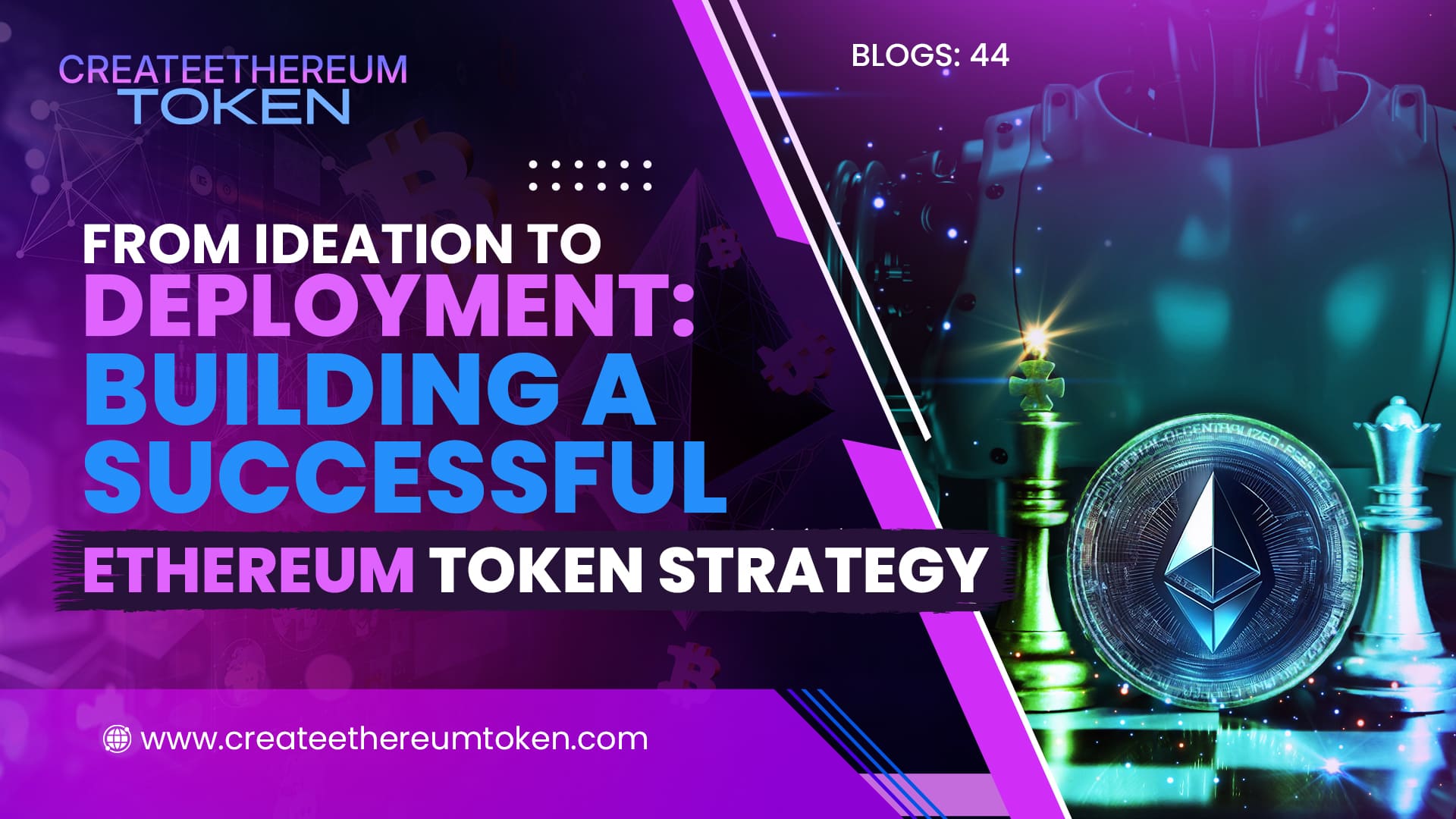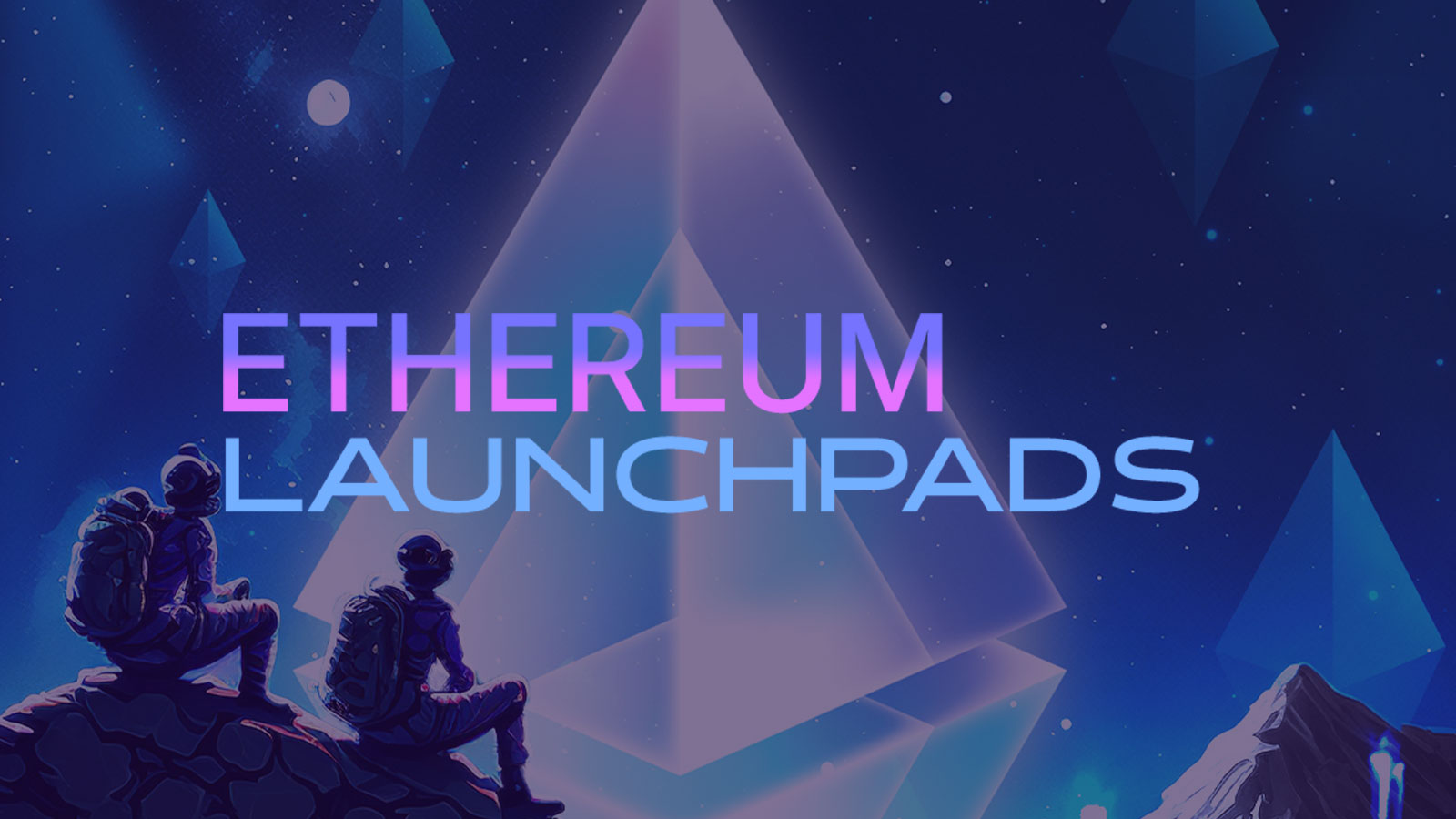January 9, 2025
How Ethereum Layer 2 Solutions Enhance Token Creation Efficiency
The Ethereum blockchain has long been the backbone of decentralized applications and token creation. However, as usage has increased, network congestion and high gas fees have posed challenges for developers and users alike. Ethereum Layer 2 solutions have emerged as a transformative approach, offering enhanced token creation efficiency by alleviating these issues and driving innovation in the blockchain space.
Understanding Ethereum Layer 2 Solutions
Ethereum Layer 2 refers to protocols built on top of the Ethereum mainnet (Layer 1) that operate off-chain while still benefiting from the security and decentralization of Ethereum. These solutions are designed to process transactions faster and at lower costs without compromising the integrity of the network. By moving computations and transactions off the main chain, Layer 2 solutions provide the scalability necessary to support a rapidly growing ecosystem of decentralized applications (dApps) and token projects.
Key Benefits of Layer 2 for Token Creation
1. Reduced Transaction Costs
One of the most significant advantages of Ethereum Layer 2 solutions is the dramatic reduction in gas fees. By processing transactions off-chain, these solutions minimize the fees associated with token creation and transfers. This reduction in costs is especially beneficial for startups and developers launching new tokens, as it allows them to allocate resources more efficiently and foster a more accessible environment for users.
2. Enhanced Transaction Speeds
Network congestion on Ethereum’s mainnet often results in slow transaction confirmations. Layer 2 solutions address this issue by handling a higher volume of transactions per second, thereby significantly improving speed. Faster transaction times not only streamline the token creation process but also enhance the overall user experience, making decentralized applications more responsive and reliable.
3. Improved Scalability
Scalability is critical for the future growth of blockchain technologies. Ethereum Layer 2 solutions enable the network to scale efficiently by offloading transactional burdens from the mainnet. This scalability ensures that token creation and other blockchain operations can continue to expand without being hindered by congestion or high transaction fees. For projects that require a high throughput of transactions, such as gaming tokens or micro-payment systems, Layer 2 is an essential tool for maintaining performance.
4. Greater Developer Flexibility
Layer 2 solutions offer developers increased flexibility when designing token contracts and dApps. With lower costs and faster transaction times, developers can experiment with more complex functionalities and innovative tokenomics without being limited by the constraints of the mainnet. This environment encourages creativity and rapid prototyping, ultimately accelerating the pace of blockchain innovation.
How Layer 2 Enhances Token Creation Efficiency
Streamlined Onboarding Process
For developers looking to launch a new token, the onboarding process can be significantly streamlined with Layer 2 solutions. The reduced costs and enhanced transaction speeds make it easier to test and deploy smart contracts. As a result, token creation becomes more efficient, allowing projects to reach the market faster and at a lower cost.
Increased Security and Reliability
Although Layer 2 operates off-chain, it leverages the security of the Ethereum mainnet through mechanisms like fraud proofs and periodic data anchoring. This ensures that while transactions are processed off-chain, they remain secure and verifiable. Enhanced security, combined with faster transaction times, builds trust among developers and users, making Layer 2 a reliable solution for token creation.
Facilitating Complex Tokenomics
With the flexibility provided by Ethereum Layer 2, developers can design tokens with intricate economic models that might be cost-prohibitive on the mainnet. Complex functionalities such as staking rewards, dynamic supply adjustments, and multi-token interactions become more viable. This capability not only fosters innovation but also leads to the creation of more robust and adaptive token ecosystems.
Seamless Integration with Existing Infrastructure
Many Layer 2 solutions are designed to be compatible with existing Ethereum-based tools and frameworks. This seamless integration means that developers can adopt Layer 2 solutions without overhauling their current workflows. The ease of transition encourages widespread adoption, further enhancing the overall efficiency of token creation and management.
Future Prospects of Ethereum Layer 2
The adoption of Ethereum Layer 2 solutions is set to increase as the demand for scalable and cost-effective blockchain solutions grows. As more projects recognize the benefits of reduced costs, faster transactions, and improved scalability, Layer 2 protocols will continue to evolve. Future developments may include even more advanced interoperability between different Layer 2 solutions and further enhancements to security protocols.
Furthermore, as the decentralized finance (DeFi) sector expands, the need for efficient token creation and management will become even more pronounced. Ethereum Layer 2 solutions will likely play a pivotal role in this evolution, serving as the foundation for a new generation of scalable, secure, and user-friendly blockchain applications.
Conclusion
Ethereum Layer 2 solutions are revolutionizing the way tokens are created and managed by addressing the longstanding issues of high fees and slow transaction speeds. By reducing costs, increasing throughput, and enhancing security, Layer 2 protocols provide an ideal environment for launching innovative token projects. As these solutions continue to evolve and integrate with the broader blockchain ecosystem, they promise to unlock new levels of efficiency and creativity, driving the future of decentralized finance and digital asset innovation.
